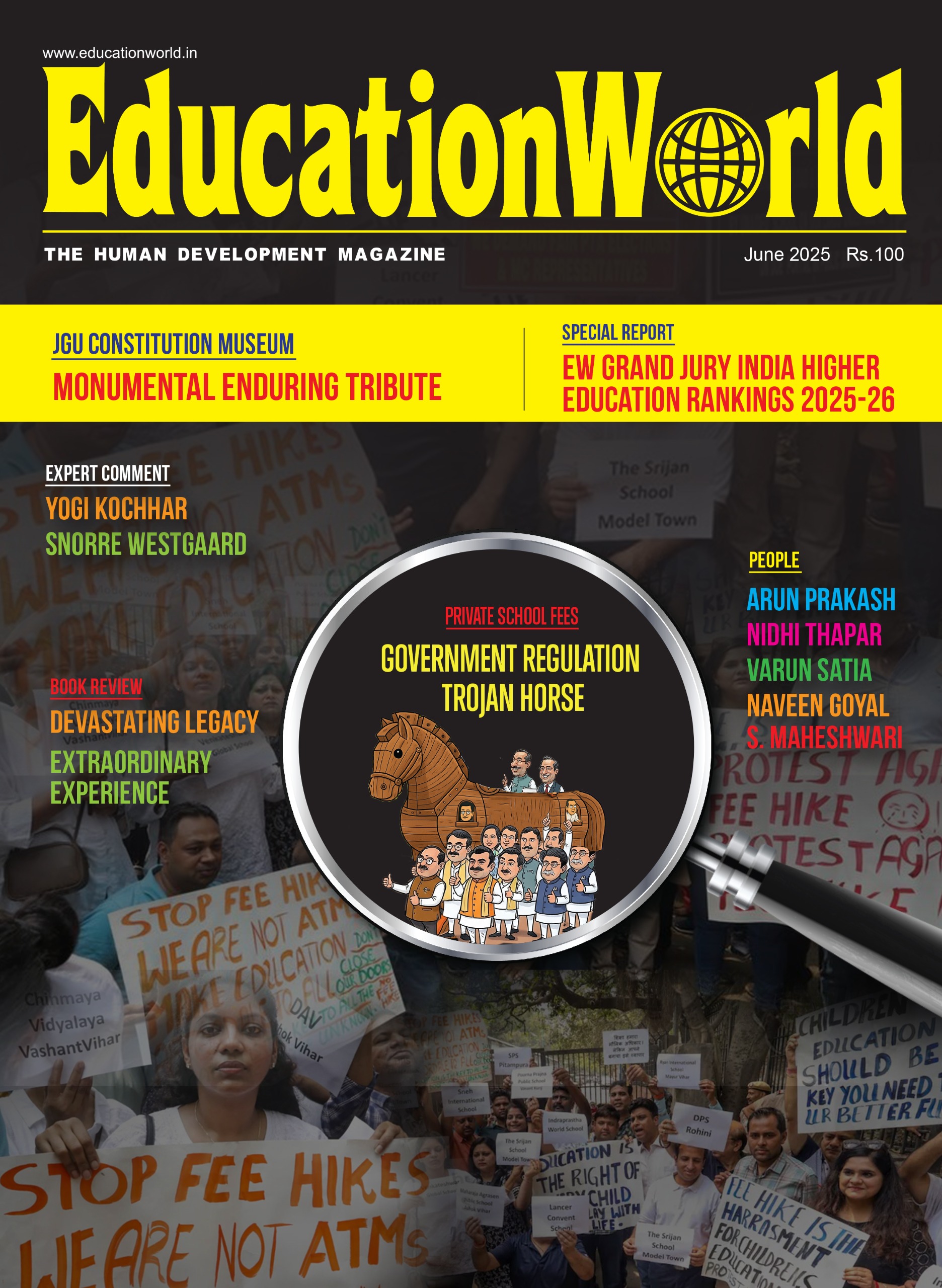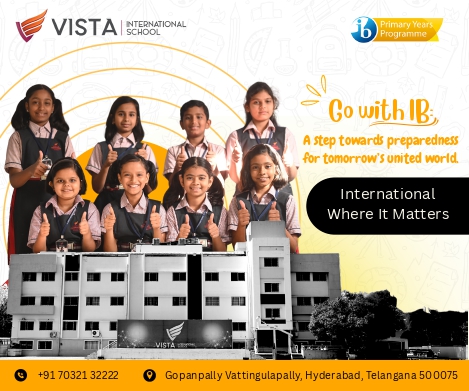 Nirmal Singh, Chief Executive Officer, Wheebox ETS, a leading expert in talent assessment and workforce analytics.
Nirmal Singh, Chief Executive Officer, Wheebox ETS, a leading expert in talent assessment and workforce analytics.
He is also the author of the book Leadership Style: World’s Top 8 Leaders, where he explores the leadership philosophies of global icons.
India stands at a pivotal moment, poised to harness its demographic dividend and emerge as a global talent powerhouse. With an expected jump in employability rate of 54.81% in 2025—up from 33.28% in 2014—the nation is making significant strides. But is it enough? Can India match the skilling success of nations like China? The answer is not catching up with China answer lies in a critical assessment of its training ecosystem, industry collaboration, and cultural mindset toward vocational education.
The Promise and the Paradox
India’s booming IT industry, valued at $245 billion in 2023 and projected to hit $350 billion by 2025, is a testament to its potential. Initiatives like the National Education Policy (NEP), Skill India Mission, and Digital India aim to align education with industry demands. More than 50% of secondary and tertiary students are expected to receive vocational training by 2025. Yet, the reality on the ground tells a different story—one of mismatched skills, uneven training quality, and a lingering social stigma surrounding vocational careers.
Take the case of Ramesh Kumar, a bright engineering graduate from a small town in Uttar Pradesh. Despite his degree, he struggled to secure a job for over a year. Theoretical knowledge wasn’t enough—employers sought hands-on experience and industry-ready skills. Ramesh’s story is not
unique. Thousands of graduates face similar hurdles, underscoring the urgent need for practical training and stronger industry-academia linkages.
Lessons from China and Germany
China’s rapid economic ascent has been fueled by a strong vocational training framework, where industries actively shape curricula and provide real-world experience. Germany’s renowned dual education system seamlessly blends classroom learning with apprenticeships, ensuring graduates are job ready. These models emphasize practical skills, a stark contrast to India’s predominantly theoretical approach.
For instance, China’s vocational schools partner directly with tech giants like Huawei and Alibaba, ensuring that students graduate with skills in high demand. In Germany, nearly half of all high school students opt for vocational education, gaining early exposure to workplace realities. If India is to compete globally, it must prioritize industry collaboration, modernize training facilities, and remove the stigma attached to vocational careers.
Bridging the Skilling Gap
While a 54.81% employability rate is an improvement, it also highlights the untapped potential of India’s workforce. The path forward requires a multi-pronged strategy:
1. Industry-Relevant Training: Companies must work closely with educational institutions to design curricula that reflect evolving job market needs. Training instructors to the highest standards and upgrading infrastructure in vocational institutes is critical.
2. Tech-Enabled Learning: Leveraging AI, virtual reality, and online platforms can democratize access to quality training, particularly in rural areas. Imagine an aspiring coder in a remote village learning AI through an immersive VR setup—this is the future India must build.
3. Entrepreneurship and Innovation: Encouraging skill-based entrepreneurship can transform job seekers into job creators. The success of startups like Zoho and Zomato proves that innovation thrives when skills meet opportunity.
4. Changing Perceptions: In India, vocational training is often seen as a fallback for those who fail in conventional academics. Changing this mindset through awareness campaigns and integrating skilling programs into mainstream education is essential.
Does India need a fresh approach to Countrywide Skills Census?
The India Skills Report plays a crucial role in shaping the skilling landscape by providing data-driven insights to policymakers, industry leaders, and educators. By analyzing employment trends, skill gaps, and workforce readiness, the report helps stakeholders make informed decisions on curriculum development, training investments, and hiring strategies.
For businesses, the report acts as a guide to understanding the availability of skilled talent and designing recruitment strategies accordingly. For educational institutions, it highlights areas where curricula need to be revamped to meet industry demands. Policymakers leverage the report to craft initiatives that address emerging skill requirements and ensure a future-ready workforce. By serving as a bridge between job seekers, employers, and training institutions, the India Skills Report is instrumental in driving India’s skilling revolution.
The Road Ahead
To truly capitalize on its skilling potential, India must:
• Invest strategically in vocational training quality.
• Expand apprenticeships and industry-academia collaborations.
• Ensure inclusive access to education and training, particularly in underserved regions.
• Develop future-ready skills in AI, machine learning, and renewable energy.
• Foster a culture of lifelong learning and establish globally recognized certification systems.
With data-driven policies and public-private partnerships, India can turn its demographic advantage into a workforce that is not just employable but indispensable on the global stage. The skilling revolution is not just about numbers—it’s about people, opportunities, and the promise of a better
future. The question remains: will India seize this moment?























